Canadian National Vimy Memorial 1921–36
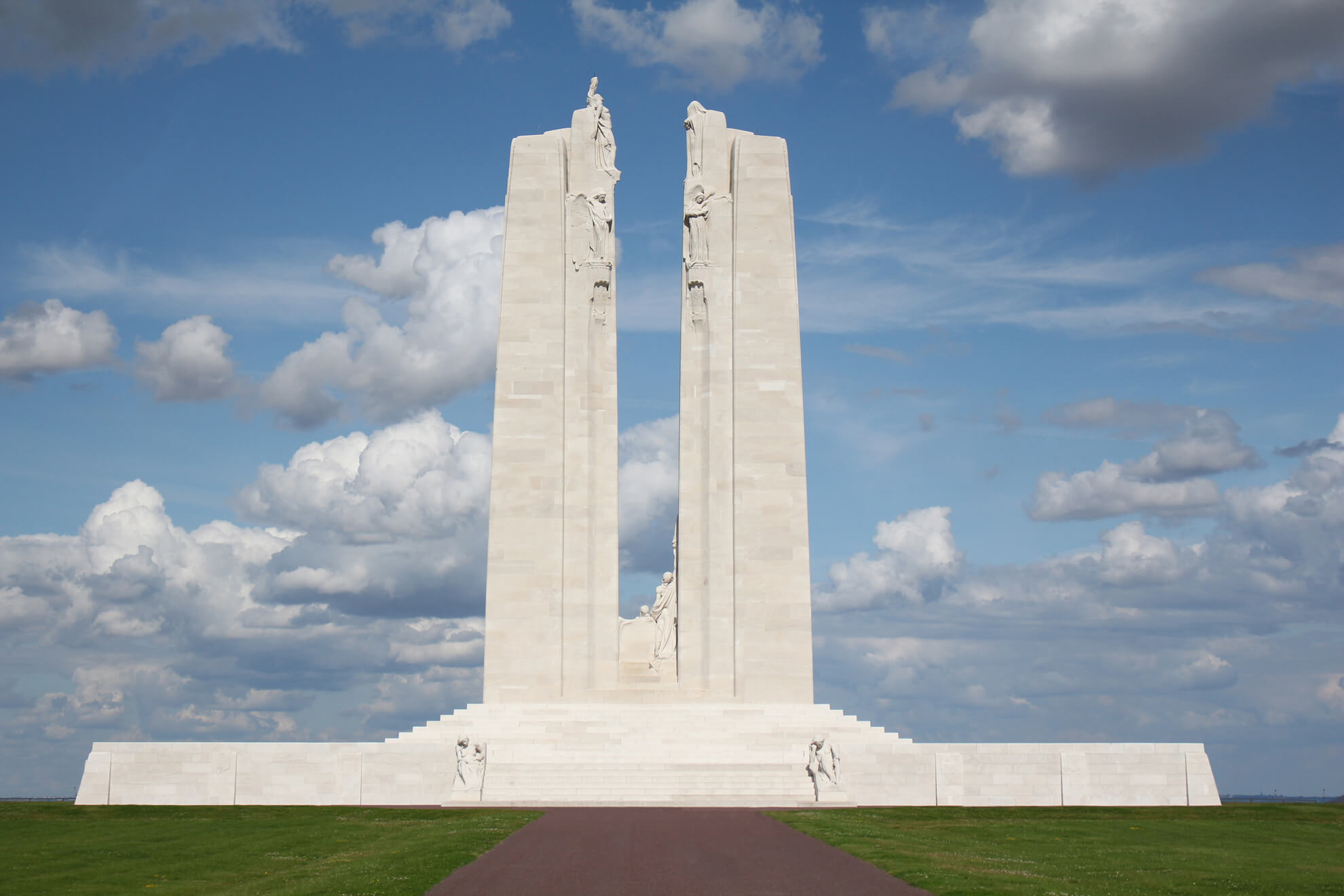
Walter S. Allward, Canadian National Vimy Memorial, 1921–36
Seget limestone and concrete
Parc Mémorial Canadien, Chemin des Canadiens, Vimy, France
The Canadian National Vimy Memorial, designed by Walter S. Allward (1874–1955) and completed in 1936 to commemorate the 1917 Battle of Vimy Ridge in France, is a massive concrete and stone structure that includes two soaring pylons, representing Canada and France, and twenty allegorical or emblematic figures that surround them. The Christian symbolism of a number of the figures is obvious. Overlooking the battlefield, the sculpture Canada Mourning Her Fallen Sons makes a clear reference to traditional images of the Mater Dolorosa (the Virgin Mary grieving), while the figure spreadeagled on the altar below the two pylons refers to the Biblical sacrifice of Isaac by his father, Abraham. This Old Testament story was commonly understood to prefigure Christ’s crucifixion and, accordingly, could also be interpreted in this setting as redemptive. Behind Isaac stands a male figure holding a burning torch, a reference to a line in soldier-poet John McCrae’s famous 1915 poem In Flanders Fields.
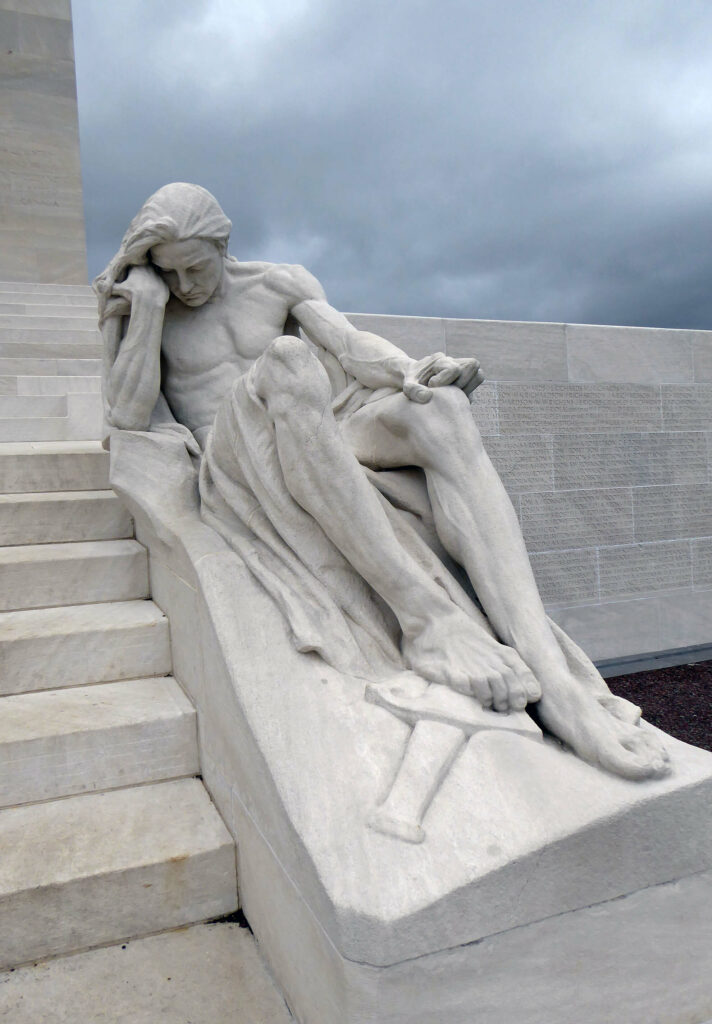
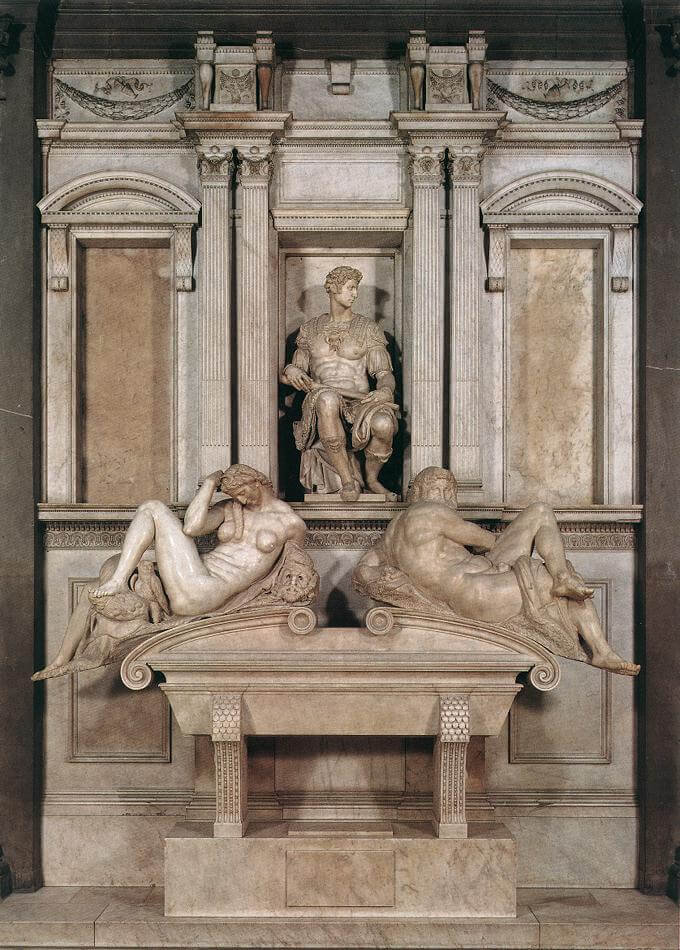
The figures atop the pylons represent the universal virtues of charity, faith, honour, hope, justice, knowledge, peace, and truth. Truth and Knowledge have the wings of angels—an attribute usually associated with representations of Victory, which is not included in this monument to grief. The traditional link between art and memorial is implied at the rear in the reclining figures of two mourners, patterned on statues in the Medici Chapel in Florence, 1520–34, by Michelangelo (1475–1564). Seventeen of the plaster models for these figures, including Peace, 1925–30, are in the collection of the Canadian War Museum.
In 1918, at the end of the First World War, the Imperial War Graves Commission awarded Canada eight battle sites—three in France and five in Belgium—on which to construct its monuments. Three years later, the Canadian Battlefields Memorials Commission selected Allward’s design for the site at Vimy Ridge. The commission constructed other monuments on the remaining seven spots. The St. Julien Memorial, The Brooding Soldier, 1923, by Frederick Clemesha (1876–1958) was erected at the site of the Second Battle of Ypres, 1915.
Canadians identify the Vimy Memorial as sacred to the memory of all those killed in war and as a place where a sense of Canada as a nation has been forged. Sometime after his design was accepted, Allward was persuaded to engrave on the walls of the memorial the names of the 11,285 Canadians who have no known graves in France (the names of those who died in Flanders are engraved onto the walls of the Menin Gate in Ypres, Belgium). The monument was unveiled in 1936, an event depicted in Unveiling Vimy Ridge Monument, 1937, by French war correspondent, illustrator, and painter Georges Scott (1873–1943).
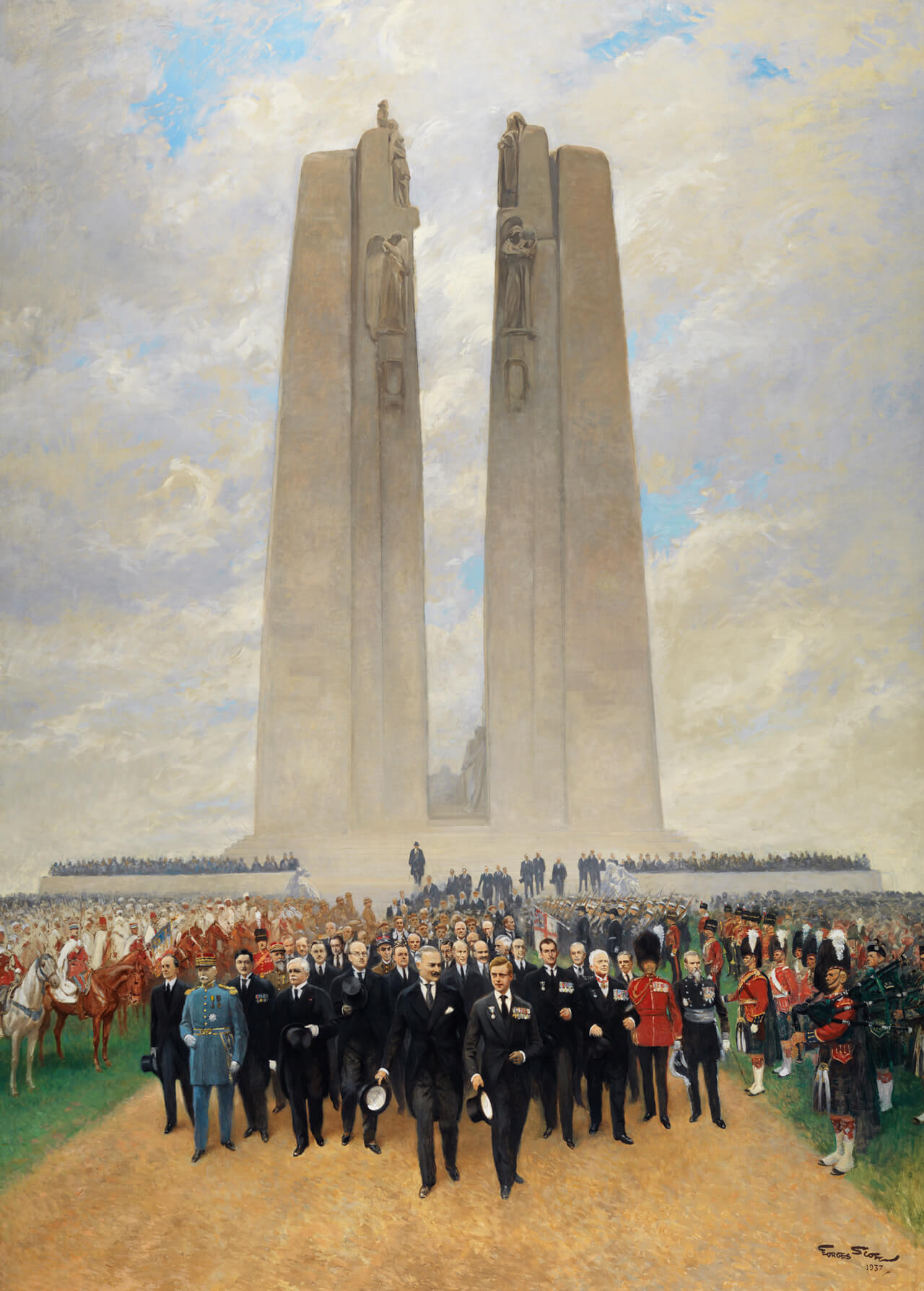
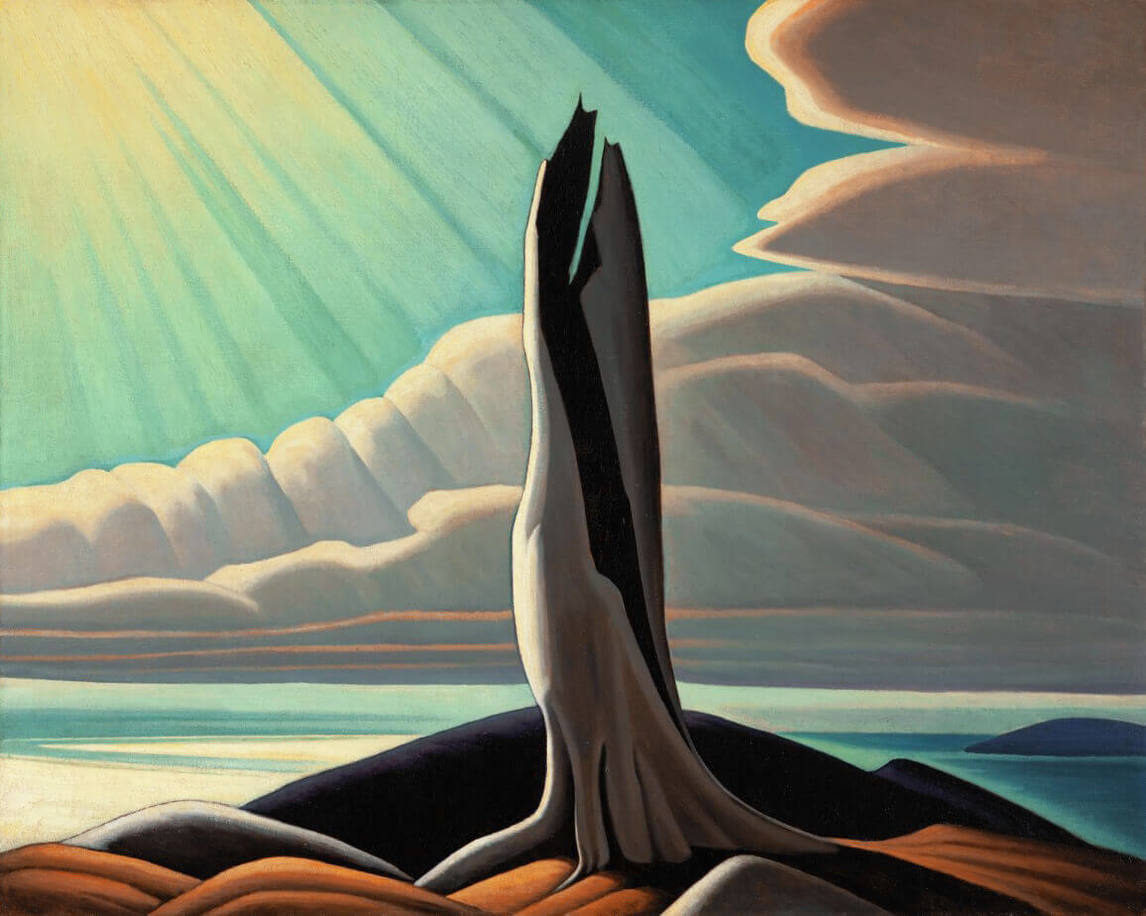
The Canadian National Vimy Memorial, the first major memorial awarded to a Canadian artist, was the culminating achievement of Allward’s career. He made it Canadian by likely drawing inspiration from the battlefield images of excoriated trees by his artist friends Frederick Varley (1881–1969) and A.Y. Jackson (1882–1974). They were all members of the Toronto Arts and Letters Club, and their war art had been exhibited at the Canadian National Exhibition in Toronto in 1919 and 1920. Furthermore, Jackson praised Allward’s design in a 1922 letter. North Shore, Lake Superior, 1926, by Lawren S. Harris (1885–1970), in its resemblance to the memorial, underlines the ongoing resonance of this evolving nationalist imagery.

 About the Author
About the Author
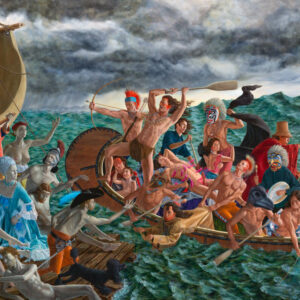 More Online Art Books
More Online Art Books
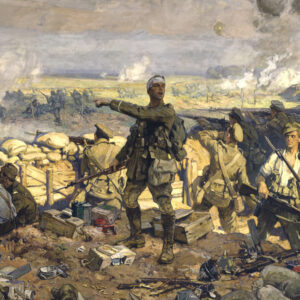 Acknowledgements
Acknowledgements